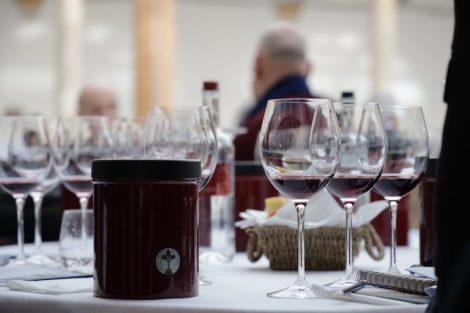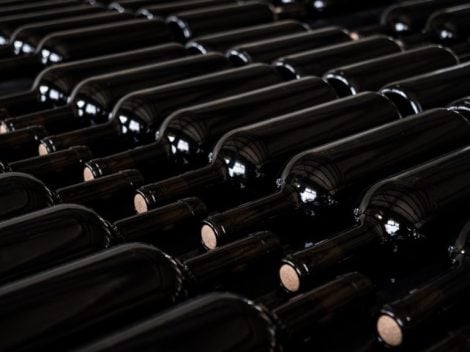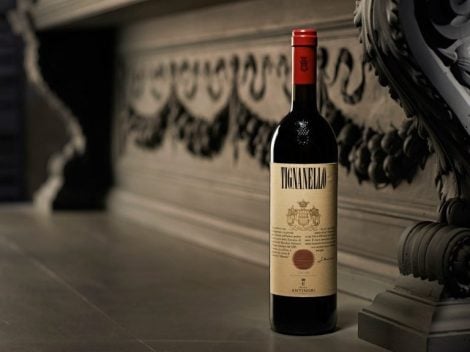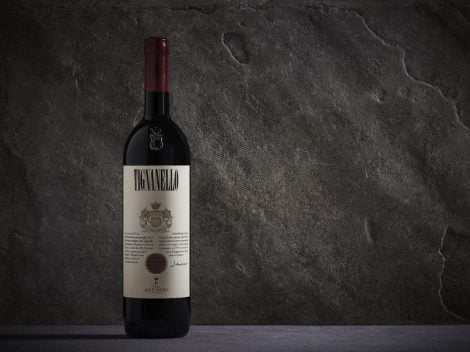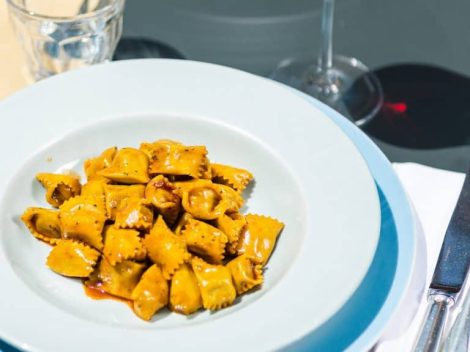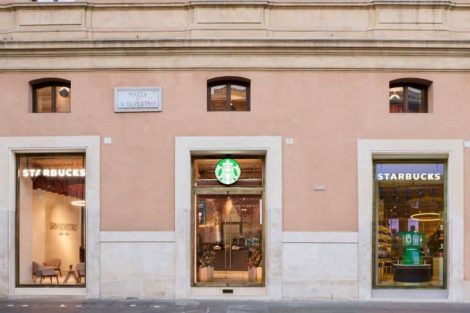Lambrusco has a starring role at the restaurant
A few years ago, Beppe Palmieri, the absolute champion somm and protagonist at Massimo Bottura's Osteria Francescana in Modena, paired the dinner of a group of influential foreign wine writers with an extraordinary selection of Lambrusco wines. Only Lambrusco, from beginning to end. And he paired lambrusco with dessert, too. Bottles of a few years, of both artisans and large wineries, ancestralmethos and classic method. I remember the astonishment of journalists: Lambrusco paired with an absolute high cuisine, among the best in the world. Amazement became an occasion for Lambrusco, one of the great unsung heroes of Italian wine: a new, authentic story can be told, which has deep roots and travels through territories, collecting diversity and, finally, great quality. "There's a strange phenomenon in Italian wine" ironises one of the most important American importers, "Italian producers meet, they drink Burgundy and Champagne and dream of a future for their territories, those outside the restricted list of the big names. And so instead they legitimise the already established ranks and remain on the list of those who perhaps one day... " Exactly. So to think of it, that dinner led by Beppe Palmieri became a masterpiece of courage, the strongest witness that a territory can give.
The Modena campaign. Identity of a territory
So, to continue playing, let's try to think of a November day in the Modena countryside: fog, yellow leaves on the ground, vineyards reddened by autumn and in the distance river embankments marked by majestic poplars. We arrive in a country house, there are a couple of butchers at work, a cauldron on the fire to make ciccioli (fried pork lardons) and two women kneading meats to be cured. You, the wayfarer who has travelled there, what wine would you open? Well, in short it's not difficult, a Lambrusco. Naturally, right? And then, if someone in that house didn't open a bottle of Lambrusco everything would seem useless. That whole scene, in short. The butchers, the rezdore women, the peasants. And so it must be.
"Wines with an identity as strong as lambrusco are rare", comments Michele Palermo, a Neapolitan wine expert and a great collector of old vintages. “And they are modern wines, to be opened on every occasion to recover that daily relationship that has always fed our wine culture. A relationship of confidence that is being lost and that Lambrusco can help us recover”. And to do so, it needs to be included in all the dining scene's wine lists. "It will not be difficult", underlines Marco Tonelli, journalist of Spirito di Vino, "the communication of wine is increasingly oriented towards showcasing the relationship with food. And Lambrusco, on this, has an advantage".
Guidelines for Lambrusco at the restaurant
In short, a return to wine to be enjoyed every day, of good quality, but above all owning a strong personality. "Italy can amaze the world with its wide features, the world wants to discover new things. It happens to me to more frequently to taste extraordinary and unknown wines around the floor and Lambrusco is one of them. There is a huge work to be done, perhaps starting in Italy itself. WE have to set a good example!" This quote is by Nelson Pari, sommelier of 67 Pall Mall in London, the most exclusive club dedicated to wine in the world. So let's start with the 10 golden rules to propose Lambrusco at the restaurant, a precious decalogue for those who want to get out of the stereotypes of the "usual" territories.
1. Always have at least two different labels on the wine list, better if they are two different Lambruscos. It's a beautiful opportunity to talk about diversity and territory.
2. Serve at the right temperature: 14 degrees for dark Lambrusco, 10 degrees for Sorbara and rosé.
3. Having at least one label on the by-the-glass rotation, Lambrusco is "unknown" and some prejudices need to be overcome.
4. Use a classic method Lambrusco as an aperitif. It's a welcome novelty that will amaze for the quality expressed.
5. Pay a visit to the area and to some local wineries. Emilia is extraordinary and the story can feed only on direct experience.
6. Speak of territorial specialization. It requires training but returns credibility.
7. Preferably using dry wines, they are the most suitable for pairing with food and therefore ideal for the Italian drinking style: food and wine together!
8. Mark-up the wines correctly and don't take advantage of the virtuous value for money ratio of Lambrusco.
9. Propose some pairings with wines by the glass, it's a way to induce customers to discover interesting wines.
10. Prefer DOC wines, they are important for the representative story of Emilia.
by Giorgio Melandri

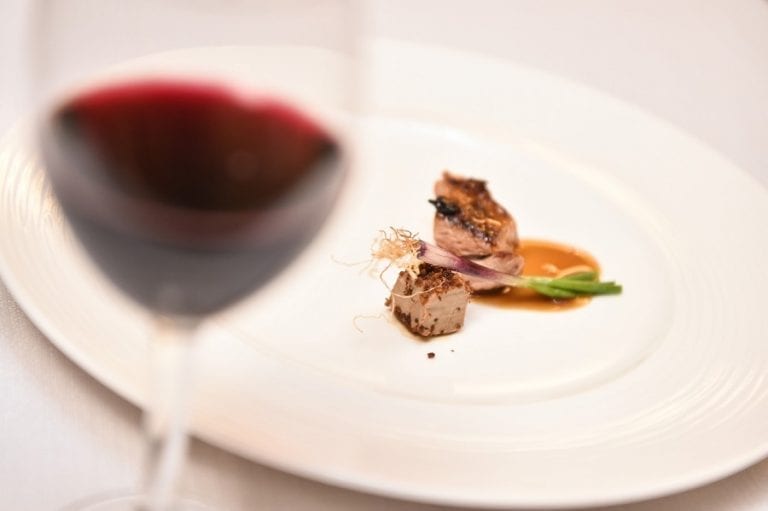
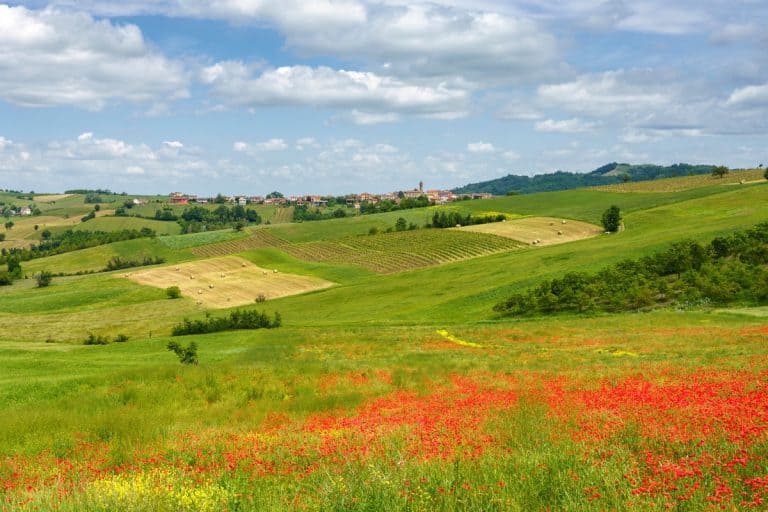 Timorasso: the red wine dressed as white from the Colli Tortonesi. Here are the 16 best labels
Timorasso: the red wine dressed as white from the Colli Tortonesi. Here are the 16 best labels It’s official: China joins the International Organisation of Vine and Wine
It’s official: China joins the International Organisation of Vine and Wine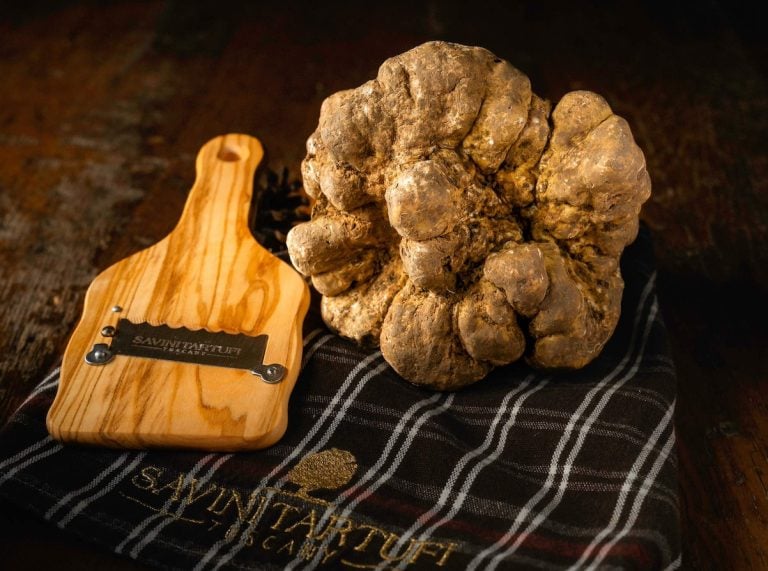 How and where to buy white truffle from Alba at a fair price: tips from an expert
How and where to buy white truffle from Alba at a fair price: tips from an expert The Italian wines with the best value for money: here are the National awards from Berebene 2025 guide
The Italian wines with the best value for money: here are the National awards from Berebene 2025 guide Where to eat in Venosa, the home of Aglianico del Vulture
Where to eat in Venosa, the home of Aglianico del Vulture
